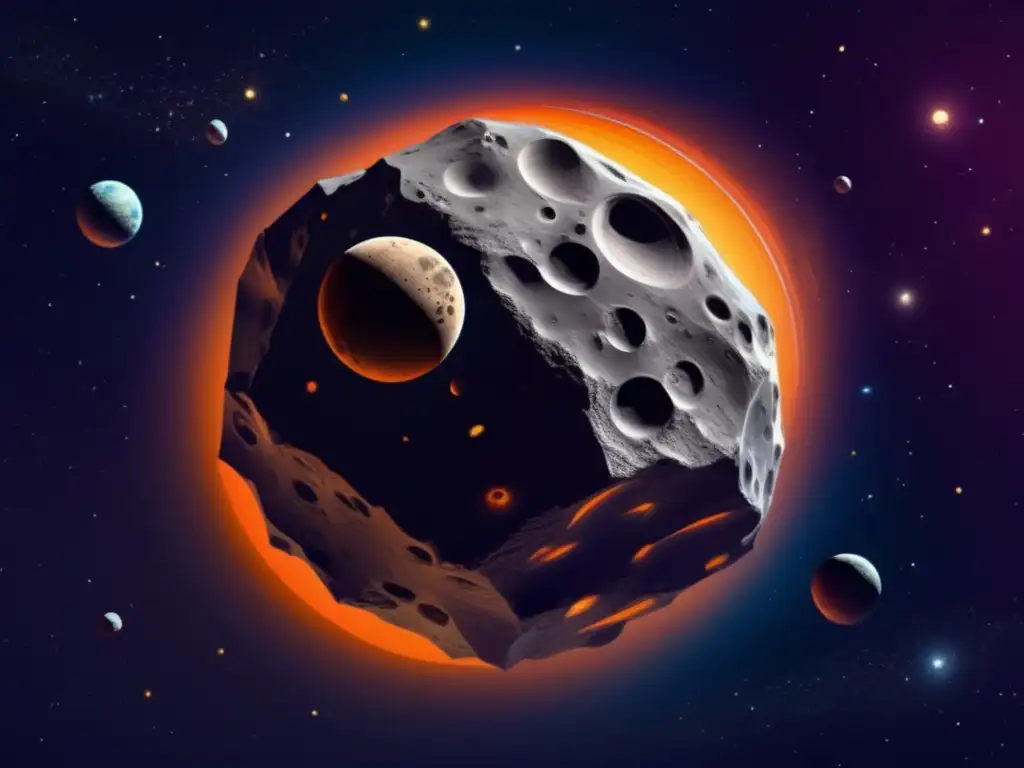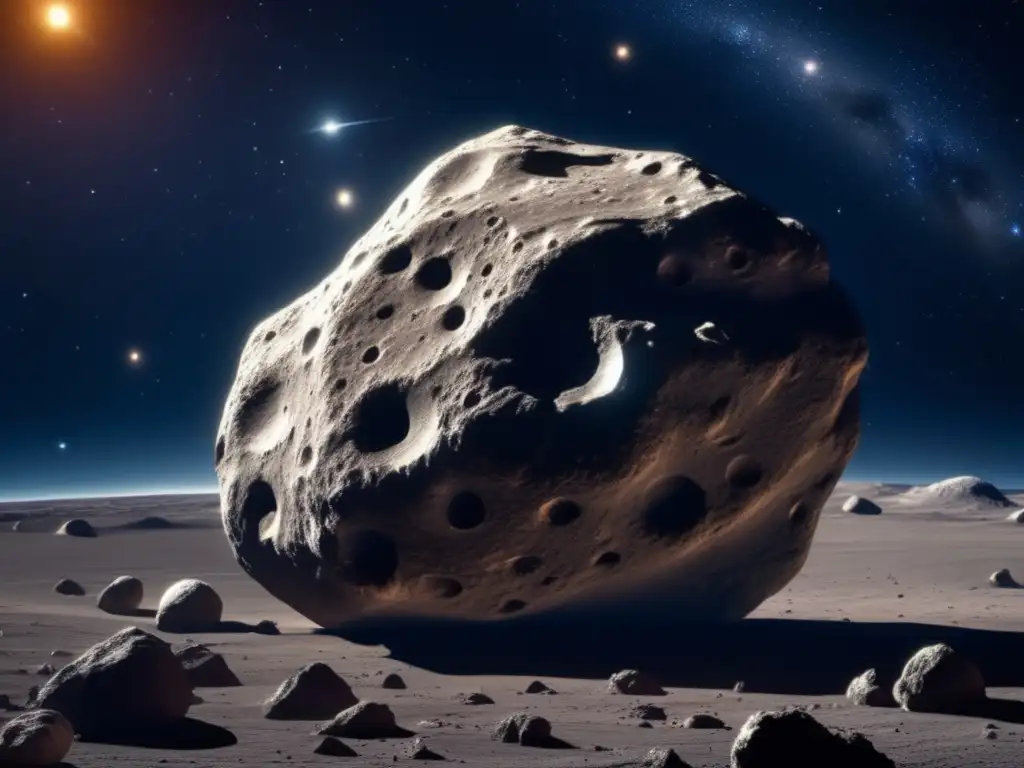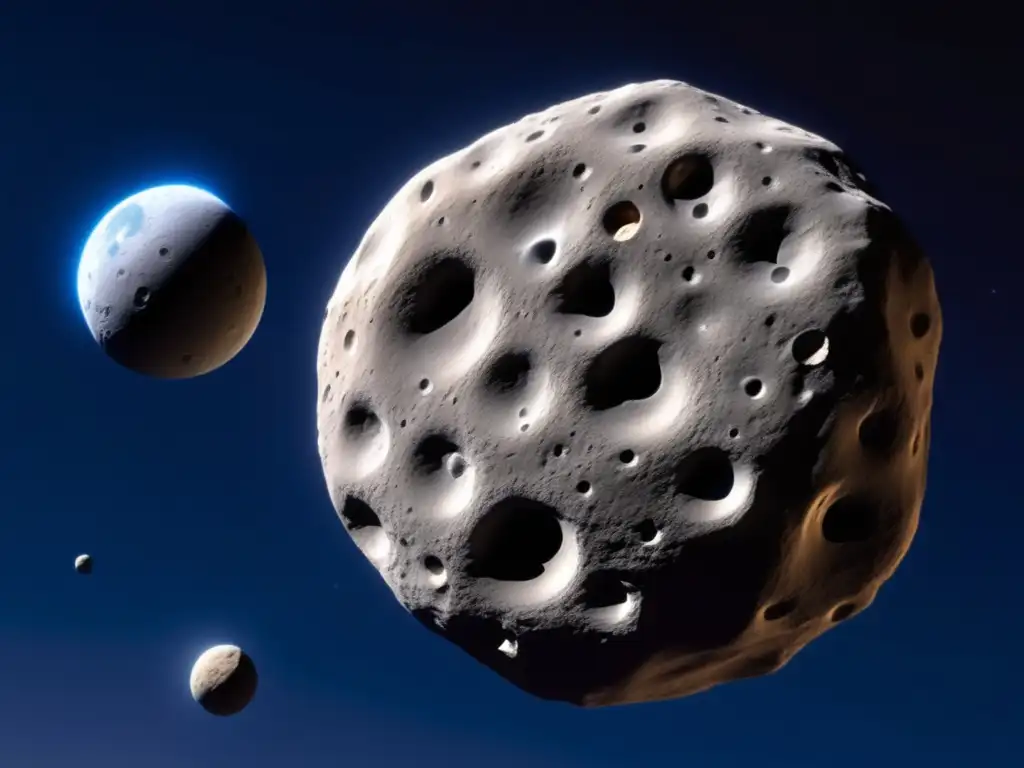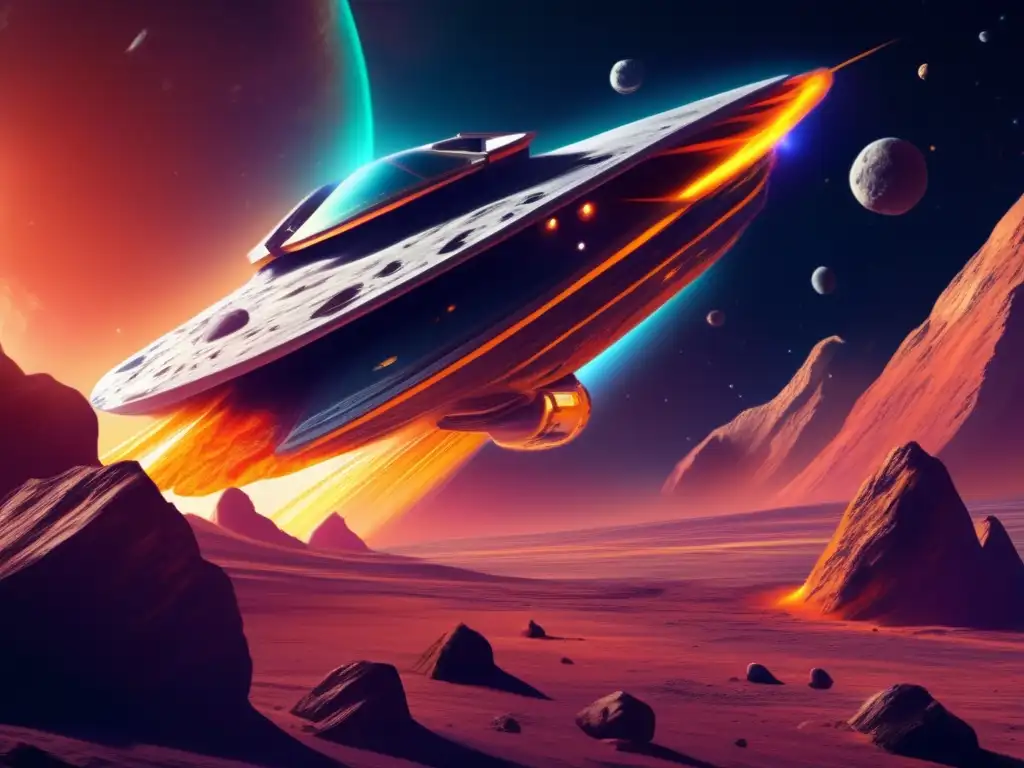Asteroid 3122 Florence And Its Two Moons: A Rare Discovery

Introduction
Asteroids are celestial objects that have captured the attention of astronomers and space enthusiasts for many decades. Their unique characteristics and potential to impact Earth have spurred many scientific explorations, and as a result, numerous asteroid discoveries have been made. One such discovery is Asteroid 3122 Florence and its two moons, which was first detected in 1981 by Schelte Bus at the Siding Spring Observatory in Australia. In this article, we will explore the significance of this rare discovery and delve deeper into the world of asteroids.
The Discovery of Asteroid 3122 Florence

Background Information
Asteroid 3122 Florence was named after Florence Nightingale (1820-1910), the famous English social reformer and statistician who founded modern nursing. The asteroid is a large near-Earth asteroid (NEA) with a diameter of about 4.9 kilometers. It has a highly elongated orbit around the Sun, and it takes about 857 days (2.35 years) to complete one revolution. Asteroid 3122 Florence is classified as a potentially hazardous asteroid (PHA), meaning its orbit brings it close to Earth, and it has a size that makes it capable of causing significant damage if it were to collide with our planet.
The Discovery of Florence's Two Moons
In 2017, during the passage of asteroid 3122 Florence near Earth, scientists from NASA's Goldstone Solar System Radar in California discovered that the asteroid had two moons. The moons were named after the children of Florence Nightingale - Emanuele and Carlo, and are estimated to be about 100 meters and 30 meters in diameter, respectively. The discovery of two moons orbiting a PHA such as Florence was significant, as it provided an opportunity to study the composition and structure of the asteroid system.
The Significance of the Discovery
The discovery of two moons orbiting a near-Earth asteroid such as 3122 Florence was significant because it shed light on the formation and composition of the asteroid system. The discovery also allowed scientists to refine their estimates of the asteroid's size and shape, which is crucial for assessing the potential impact hazard it poses to Earth. Additionally, the discovery of two moons around an asteroid provided an opportunity to study the complex dynamics of the asteroid system, such as the gravitational interaction between the asteroid and its moons.
Characteristics of Asteroid 3122 Florence and its Moons

Composition and Size
Asteroid 3122 Florence is classified as a C-type asteroid, meaning it is composed of carbonaceous material and contains water-bearing minerals. The asteroid has a low albedo (reflectivity), which suggests it has a dark surface. The estimated size of the asteroid is about 4.9 kilometers in diameter, making it one of the largest NEAs discovered so far. The dark color of the asteroid's surface and its composition make it difficult to study using visible light telescopes, which is why its discovery using radar technology was so important.
Orbital Characteristics
Asteroid 3122 Florence has a highly elongated orbit that brings it close to Earth every few years. During its closest approach to Earth in September 2017, the asteroid was about 7 million kilometers away from our planet, which is equivalent to about 18 times the distance between the Earth and the Moon. The asteroid's orbit is highly eccentric, with an eccentricity of 0.42, which means its distance from the Sun varies significantly as it moves along its orbit. The asteroid takes about 857 days (2.35 years) to complete one revolution around the Sun.
Florence's Two Moons
The discovery of two moons orbiting asteroid 3122 Florence was a significant scientific achievement. The two moons were named after Florence Nightingale's children - Emanuele and Carlo. The larger moon, Emanuele, has an estimated diameter of about 100 meters, while the smaller moon, Carlo, has an estimated diameter of about 30 meters. The moons have circular orbits that are close to the equatorial plane of the asteroid, which is unusual for small celestial bodies. The discovery of the two moons provided an opportunity for scientists to study the dynamics of the asteroid system and refine their estimates of the asteroid's size and shape.
Frequently Asked Questions

-
What is asteroid 3122 Florence?
Asteroid 3122 Florence is a large near-Earth asteroid with a diameter of approximately 4.9 kilometers. It is classified as a potentially hazardous asteroid (PHA) because its orbit brings it close to Earth and it has a size that makes it capable of causing significant damage if it were to collide with our planet.
-
When was asteroid 3122 Florence discovered?
Asteroid 3122 Florence was first discovered in 1981 by Schelte Bus at the Siding Spring Observatory in Australia.
-
What is unique about asteroid 3122 Florence?
Asteroid 3122 Florence is unique because it has two moons orbiting it, which is rare for near-Earth asteroids. The discovery of the two moons provided an opportunity for scientists to study the dynamics of the asteroid system and refine their estimates of the asteroid's size and shape.
-
What is the composition of asteroid 3122 Florence?
Asteroid 3122 Florence is classified as a C-type asteroid, meaning it is composed of carbonaceous material and contains water-bearing minerals. The asteroid has a low albedo (reflectivity), which suggests it has a dark surface.
-
What is the potential impact hazard of asteroid 3122 Florence?
Asteroid 3122 Florence is classified as a potentially hazardous asteroid (PHA) because its orbit brings it close to Earth, and it has a size that makes it capable of causing significant damage if it were to collide with our planet. However, the current estimates suggest that the asteroid poses no immediate threat to Earth.
Conclusion
In conclusion, the discovery of asteroid 3122 Florence and its two moons was a rare and significant achievement in the field of astronomy. The discovery provided an opportunity for scientists to study the dynamics of the asteroid system and refine their estimates of the asteroid's size and shape. Additionally, the discovery enhanced our understanding of the formation and composition of asteroids and their potential impact hazard to Earth. As space exploration continues, it is likely that many more asteroid discoveries will be made, deepening our understanding of the fascinating world of celestial objects.
Thank you for reading this article. We encourage you to share your thoughts in the comments section and positively interact with www.asteroidrealm.com, whether by subscribing, sharing the article on social networks, or other forms of participation.
Additional Resources

- NASA's Asteroid Exploration Program
- NASA's Astromaterials Research and Exploration Science (ARES) Division
- International Astronomical Union - Asteroids and Comets
 The Exciting Discovery Of The Quadruple Asteroid System Sylvia
The Exciting Discovery Of The Quadruple Asteroid System Sylvia Asteroids In Retrograde: The Intriguing Case Of 2015 BZ509
Asteroids In Retrograde: The Intriguing Case Of 2015 BZ509 Rendezvous With A Near-Earth Asteroid: The Story Of Ryugu And Hayabusa2
Rendezvous With A Near-Earth Asteroid: The Story Of Ryugu And Hayabusa2If you want to discover more articles similar to Asteroid 3122 Florence And Its Two Moons: A Rare Discovery, you can visit the Asteroid Discoveries category.
Leave a Reply

Articulos relacionados: